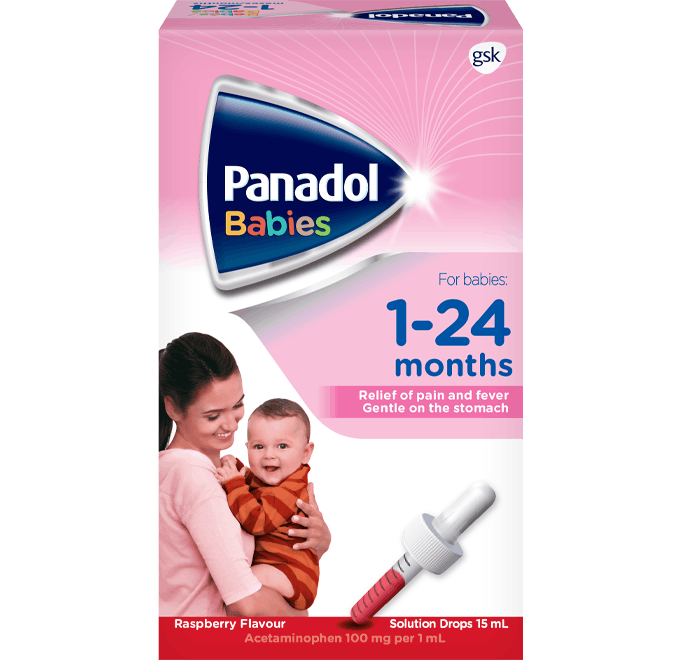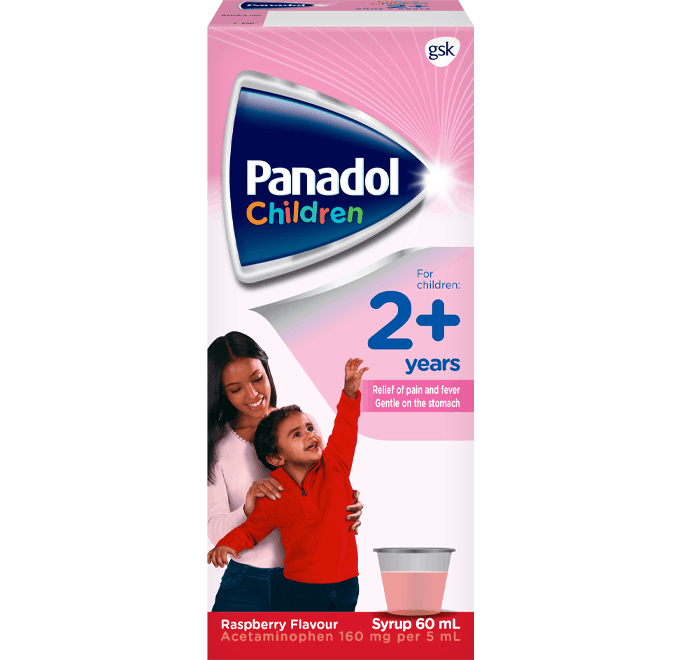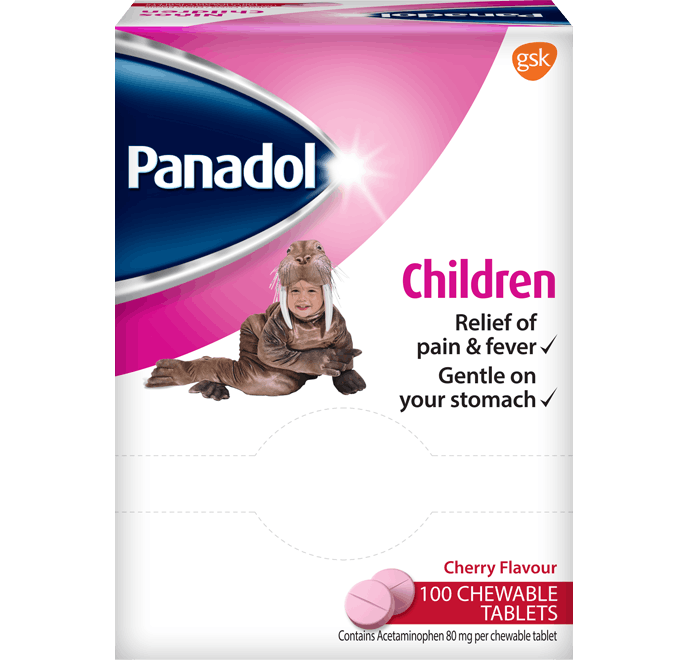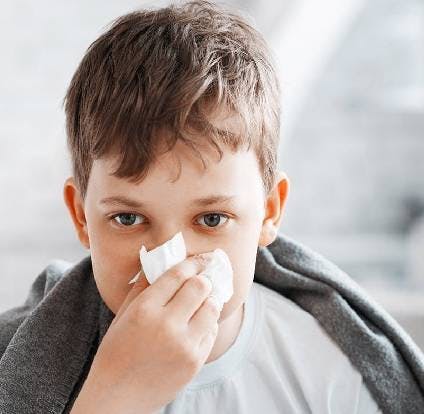The normal body temperature is between 36.5°C and 37.5°C. In healthy kids, fevers usually don't indicate anything serious. While it can be worrying when your child's temperature rises, a fever can actually be a good thing — it's often the body's way of fighting infections. High fever, however, can make a child uncomfortable and worsen problems such as dehydration.
Managing fever in children
Fevers are extremely common in children, with between 40-60% suffering a raised temperature each year. The body’s normal temperature is around 37°C however it can vary according to the time of day and age of child. If your child’s temperature is over 37.5°C when measured orally or 38°C when taken rectally, then they are considered to have a fever.1,2,3
A fever in children can often be a good sign. Generally, fevers happen when your child’s immune system is fighting off infections such as colds, coughs and ear infections. At the first sign of attack, the body’s defenses launch infection-fighting chemicals into the blood. These chemicals also affect the body’s thermostat, which is located in the brain and called the hypothalamus.4,5
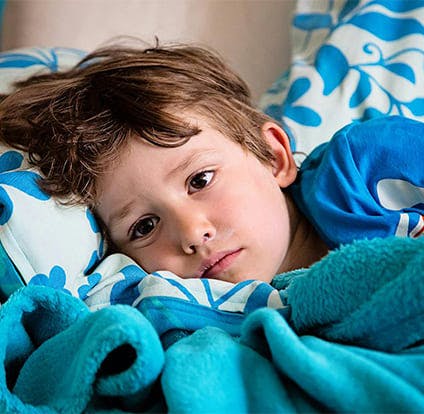
Taking temperature in children
There are various ways to check for a fever in children:3
- Oral. The thermometer is inserted under the tongue, the mouth is closed and a reading is taken.
- Rectal. The thermometer is gently inserted into the rectum (child’s bottom) and a reading is taken.
- Armpit. The thermometer is placed under the armpit and the arm is held against the side of the body while a reading is taken.
- Ear. A digital thermometer is inserted into the ear and a reading is taken
It is important to remember that the temperature can vary according to the part of the body where it is measured, so always take the temperature at the same site.
Tips to reduce fever
If your child has a fever, but is fine in every other way, then you may not need to do anything aside from making sure they are properly hydrated. When a baby or child is breastfed or bottle fed, the most appropriate fluid is breast milk or formula. In addition, cooled pre-boiled water can also be given to keep fluids up.1,6
If they seem unwell or distressed then you can consider giving children’s pain relievers, such as Panadol3
Some other tips include:1,6
- Dressing the child in light clothing
- Keeping the child cool by ensuring a comfortable room temperature – take care not to make it too cold
- Using a sponge soaked with lukewarm water can help to reduce fever – try not to use a cold sponge as this will have the opposite effect and can actually raise their temperature.
References
- UK NHS. Fever in Children. Available at: https://www.nhs.uk/conditions/fever-in-children/
- American Academy of Pediatrics. Fever without fear. Available at: http://www.healthychildren.org/English/health-issues/conditions/fever/Pages/Fever-Without-Fear.aspx
- National Institute for Health and Care Excellence. Fever in Under 5s: assessment and initial management. NICE guideline NG143 Published November 2019. Available at: https://www.nice.org.uk/guidance/ng143
- American Academy of Pediatrics. Fever and your baby. Available at: http://www.healthychildren.org/English/health-issues/conditions/fever/pages/Fever-and-Your-Baby.aspx
- Wolff SM, Dinarello CA. The Jeremiah Metzger Lecture: The pathogenesis of fever in human subjects. Trans Am Clin Climatol Assoc, 1980; 91: 159-166. Available at: https://www.ncbi.nlm.nih.gov/pubmed/552177
- American Academy of Pediatrics. Treating a fever without medicines. Available at http://www.healthychildren.org/English/health-issues/conditions/fever/pages/Treating-a-Fever-Without-Medicine.aspx



